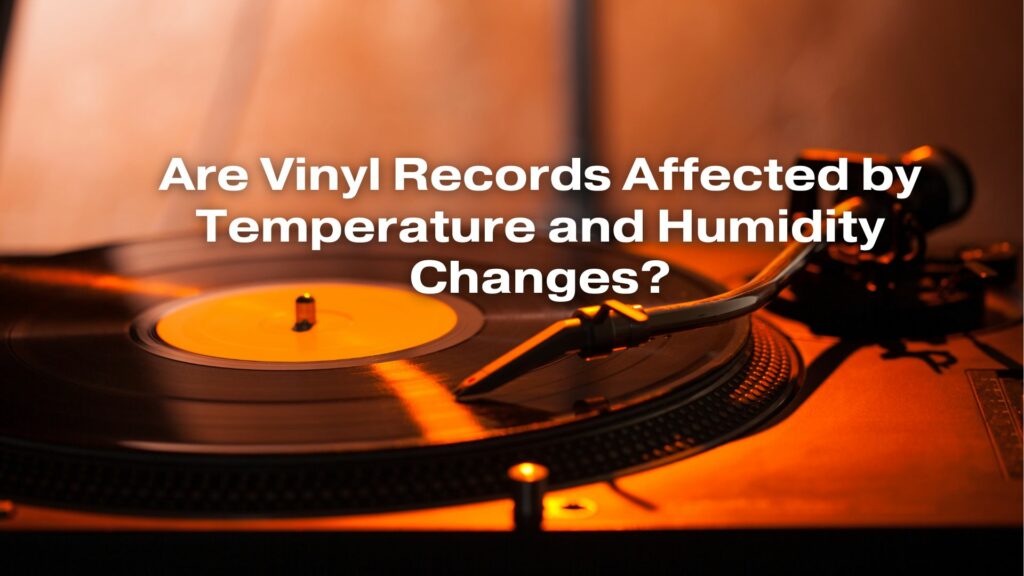Vinyl records are indeed affected by temperature and humidity changes. Both extreme heat and cold, as well as significant shifts in humidity, can have adverse effects on vinyl records. Here’s how temperature and humidity changes can impact vinyl records:
1. Warping: Extreme heat can cause vinyl records to warp. When records are exposed to high temperatures, the vinyl material can soften and warp, resulting in a distorted shape. This warping can affect playback and make the stylus skip or jump.
2. Cracking: Drastic temperature changes, especially from cold to hot or vice versa, can lead to the vinyl material cracking. This is particularly common when records are exposed to freezing temperatures, as vinyl becomes more brittle in the cold.
3. Groove Deformation: Changes in temperature can also cause the grooves on vinyl records to expand or contract slightly. This can affect the accuracy of the stylus tracking the grooves and result in audio distortion.
4. Humidity Effects: High humidity can lead to mold and mildew growth on the surface of records and their covers, potentially causing permanent damage. Low humidity can lead to the drying out of records and their covers, making them more susceptible to damage and cracking.
5. Sleeve and Cover Damage: Temperature and humidity fluctuations can also affect the paper sleeves and album covers. High humidity can lead to cover warping and mold growth, while low humidity can cause cover shrinkage and brittleness.
6. Ring Wear: Rapid temperature changes can cause “ring wear” on the album cover. This occurs when the shrinkage or expansion of the vinyl record within the cover causes the cover to develop a circular ring-like pattern.
7. Dust Attraction: High humidity can cause records to attract more dust and particles, potentially affecting playback quality and causing more frequent cleaning.
To protect your vinyl records from these adverse effects, consider the following measures:
- Storage: Store your records in a stable and moderate environment. Ideally, maintain a temperature between 65-70°F (18-24°C) and a relative humidity level of around 45-55%.
- Protection: Use anti-static inner sleeves and polyethylene outer sleeves to protect your records from dust and contaminants.
- Avoid Direct Sunlight: Keep your records away from direct sunlight and sources of heat, such as radiators or heating vents.
- Regular Cleaning: Regularly clean your records to remove dust and debris that can be attracted by changes in humidity.
- Proper Shelving: Store records vertically and avoid over-packing shelves to prevent cover warping and ring wear.
By taking these precautions and maintaining a stable environment, you can significantly reduce the risk of temperature and humidity-related damage to your vinyl records, ensuring that they remain in good condition for years to come.

